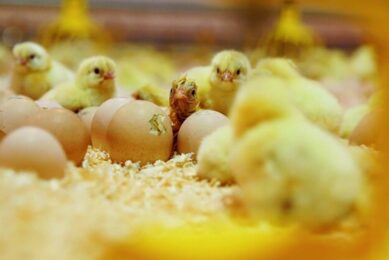ARS researchers improve methods for detecting Listeria
Agricultural Research Service (ARS) scientists in Pennsylvania in the US are improving methods to detect foodborne pathogens like the potentially deadly Listeria monocytogenes.
The Centers for Disease Control and Prevention estimates that Listeriosis, the illness caused by L. monocytogenes infection, affects around 2,500 people in the US every year, and kills about 500. Newborns, seniors, pregnant women and individuals with compromised or weakened immune systems are particularly susceptible.
Most methods for detecting harmful foodborne bacteria rely on antibodies, which are proteins used by the immune system to fight infections and foreign bodies. Because these antibodies target very specific infections, researchers can use them to identify and locate specific pathogens.
Antibodies vary in their degree of specificity. Current antibody-based methods for detecting L. monocytogenes can’t distinguish this bacterium from the mixture of harmless bacteria found in most foods, according to Shu-I Tu at the Microbial Biophysics and Residue Chemistry Research Unit at the ARS Eastern Regional Research Center.
A molecular method called ‘phage display’ uses bacteria and bacterial viruses, or phages, to quickly select antibodies to detect pathogens. Now ARS microbiologist George C Paoli and chemist Jeffrey D Brewster have employed phage display to isolate an antibody fragment that binds specifically to L. monocytogenes.
The researchers’ findings demonstrate that antibody phage display can be used to select antibodies for pathogen detection, even where traditional methods have proved inadequate.
Read more about the study and other ARS food safety research in the October 2006 issue of Agricultural Research.
Join 31,000+ subscribers
Subscribe to our newsletter to stay updated about all the need-to-know content in the poultry sector, three times a week. Beheer
Beheer








 WP Admin
WP Admin  Bewerk bericht
Bewerk bericht